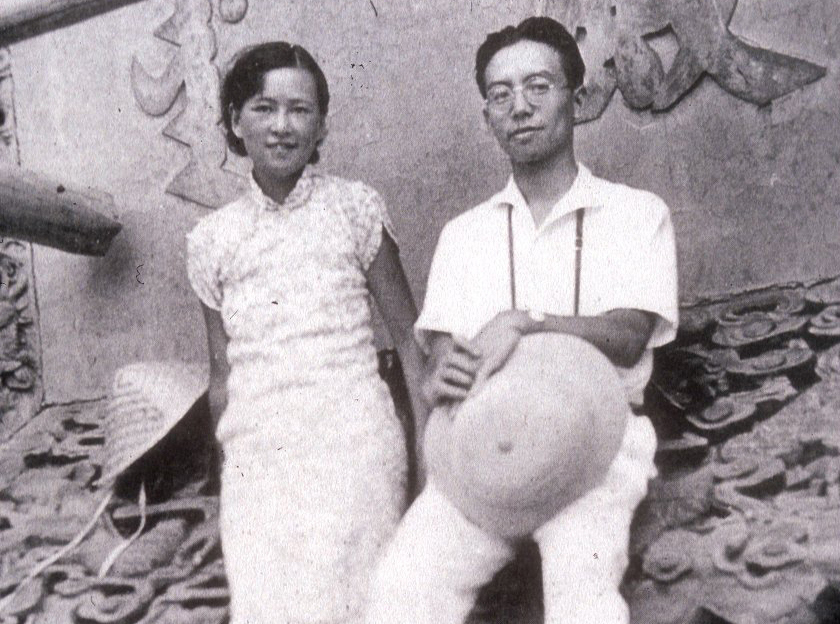This May, Penn will award a posthumous Bachelor of Architecture degree to Lin Huiyin, the revered Chinese architect, poet, historian and preservationist who died in 1955.
Lin enrolled in architecture courses at Penn in 1924, a decade before the University began awarding architecture degrees to women. She was part of a cohort of 23 Chinese students who came to the university under a scholarship program funded by the U.S. Congress after the Boxer Rebellion at the turn of the 20th century. The students who studied design at Penn, then a global center of Beaux Arts education, returned to China and transformed the nation’s design culture, establishing Chinese modernism and inaugurating some of the first historic-preservation initiatives in the country.
“All the men from China received full scholarships and Lin got half of one. She was the only woman and the only student who wasn’t allowed to get an architecture degree,” says Weitzman Dean and Paley Professor Fritz Steiner. “But she earned that degree.”
Late last year and early this year, Steiner made two trips to China and Taiwan to give a series of invited lectures and prepare for upcoming presentations of Design With Nature Now, the exhibition organized by The Ian L. McHarg Center for Urbanism and Ecology in 2019. Steiner visited Shanghai, Beijing, and Nanjing, and met with the mayor of Taipei, the capital of Taiwan, where an exhibition is planned for the fall of 2024. He met with dozens of Penn alums, who have opened and led design practices in China and served in top academic posts at Tsinghua University, Tongji University, and Southeast University. At the Penn Wharton China Center in Beijing, Steiner delivered a lecture about Lin and met with members of her family. The School’s experience with Lin and her cohort in the early 20th century is “the origin of our very strong relationship” with Chinese designers and institutions, Steiner says.
Today, Chinese nationals make up the largest portion of international students at the Weitzman School, and there is a growing number of Chinese students studying historic preservation, Steiner says. “There’s a shift going on in the construction industry in China toward more adaptive reuse. We see an upswing in interest in historic preservation.”
Penn’s links with Chinese designers and institutions are growing stronger. In addition to the presentation in Taipei, a partnership with Taipei City Government and the Taiwan Institute of Landscape Architects (TILA), The McHarg Center is planning an exhibition based on “Design With Nature Now” in Nanjing later this spring. Rossana Hu, co-founder of Neri&Hu Design and Research Office in Shanghai, joined the Weitzman faculty as the Miller Professor and chair of the Department of Architecture in January. She was previously chair of the Department of Architecture in the College of Architecture & Urban Planning at Tongji University in Shanghai. Hu says the legacy of Lin Huiyin is still a pillar of Chinese culture. “In the minds of Chinese women, she’s really high up there—admired by everyone. [Liang and Lin] are very well known, and not just because they’re architects,” she says.
This story is by Jared Brey. Read more at Weitzman News.








